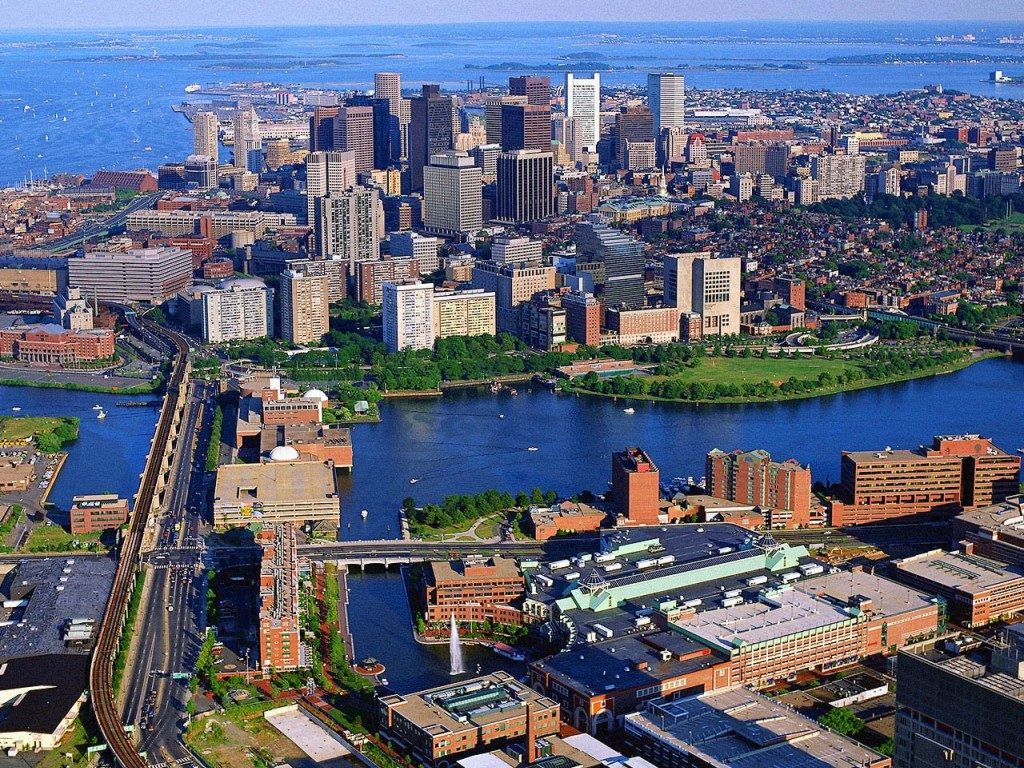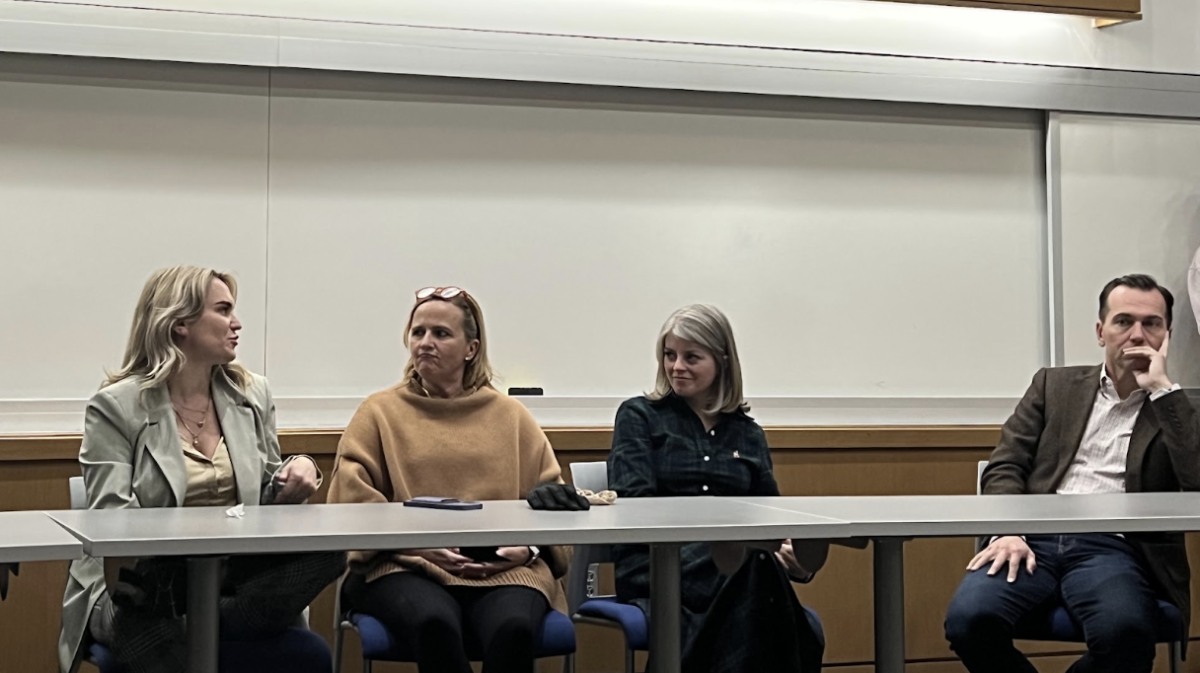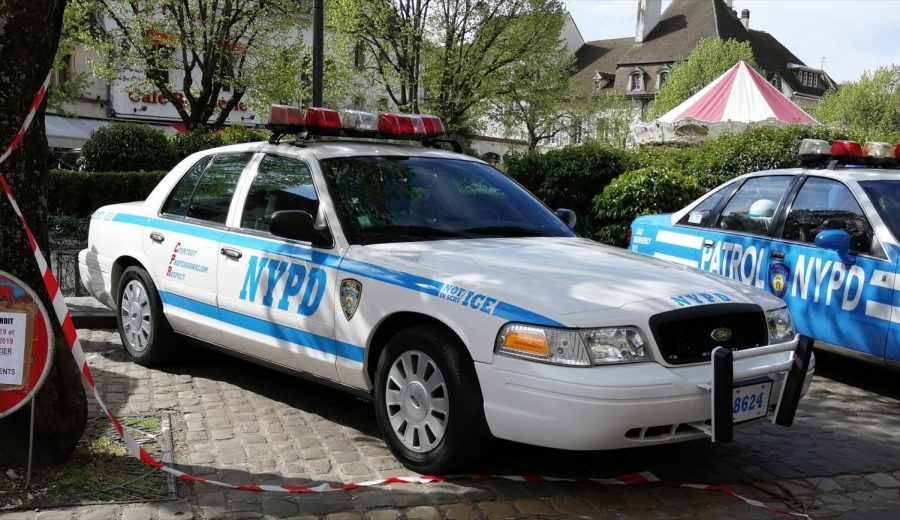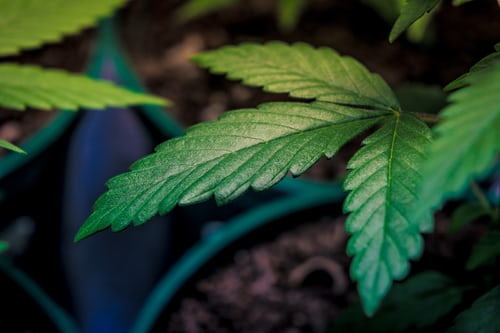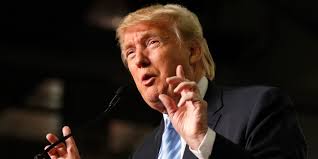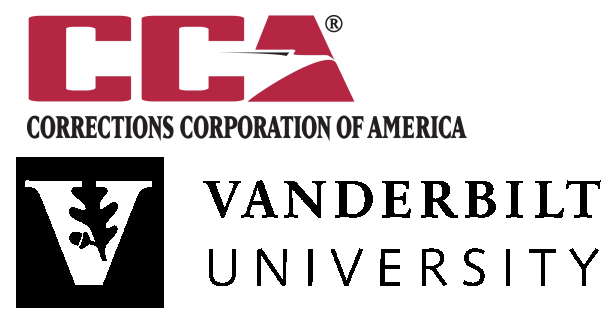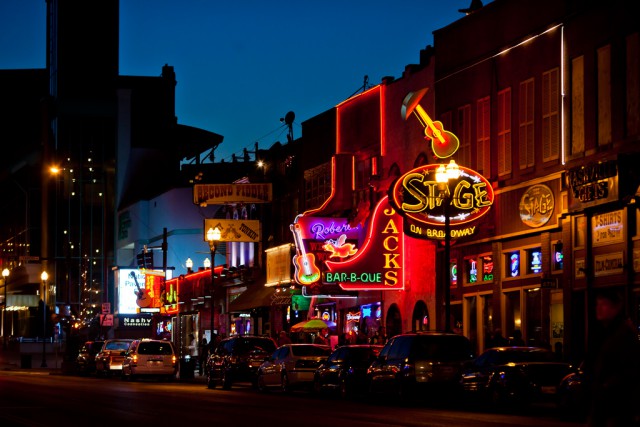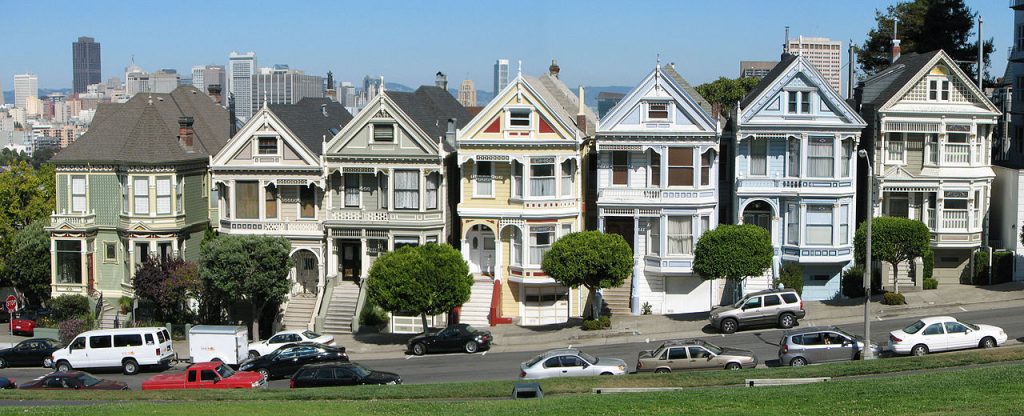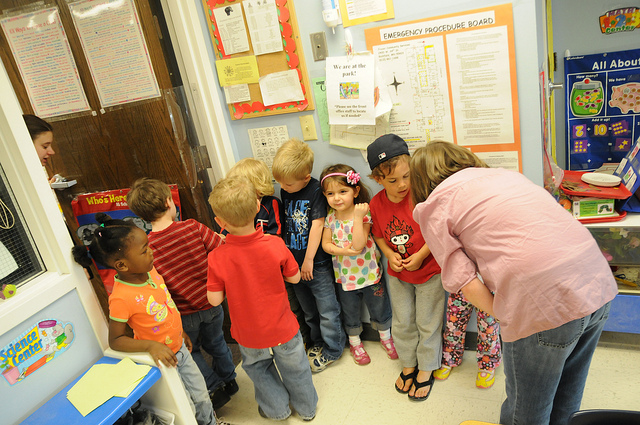“Covering American Issues, one city at a time”
Today the United Nations announced that, based on a new report, it is 95% certain that we are causing climate change. The report, assembled by the Intergovernmental Panel on Climate Change, cites Co2 Emissions as the main cause. To most people, this revelation is far from shocking, and some are 100% certain that humans are entirely at fault. Reports come out annually denouncing human usage of electricity, transportation, and industry because they burn fossil fuels and greenhouse gas emissions. However, when deciding how to respond our federal government retreats from real action.
Luckily for Americans, one of our own has already made strides to reduce its footprint.
Making Strides Environmentally
Last week, Boston was named the U.S.’s most energy efficient city. In a report by the American Council for an Energy Efficient Economy, Boston scored high in five categories all resulting in the reduction of energy use: local government, community, buildings, utilities, and transportation.
How did they do it? Over the past 5 years, Boston’s local government has done everything from install LED streetlights to launch “Greenovate Boston”, an initiative that allows the Boston community to educate themselves on small things they can do to help out. The city was also America’s first to use municipal zoning codes to require a green building standard. According to Professor Michael P. Vandenbergh, professor of law at Vanderbilt Law School and Director of the Climate Change Research Network, ” the kinds of initiatives implemented in Boston, if adopted across the country, could reduce U.S. carbon emissions by roughly 7% by 2020, an amount equal to the total emissions from France.”
These policies aren’t just good for the environment though. Local governments bring in analysts, civil engineers, project managers, and a slew of other specialists when attempting to make green changes within its city. Boston actually has an entire initiative dedicated to green job training and launched an On-the-Job Training program which connects those seeking employment with clean energy companies.
Stuck with a poverty problem
Beyond environmental innovation, the city has succeed in other areas including boasting a thriving economy, but the problem Boston cannot seem to fight is poverty. A study in 2011 found that 42% of Boston families with children are in poverty. This same study also shows that, with inflation adjusted and all things considered equal, 2009’s family of 3 in poverty was actually poorer than 1990’s trio. If you do not find this alarming, you should. It means that there is something wrong with how Boston’s government is thinking about poverty.
Though far from perfect, crime rates in Boston have fallen, and the city has recently announced record breaking achievement by minorities in state proficiency exams. The Mayor is clearly making efforts to boost jobs and the mayoral candidates for the upcoming election both have plans for even more job creation. All of these improvements should have some effect on poverty, yet Boston’s poverty rate has been well above the national average at 19 percent for the past 10 years. Of course, no one expects to see a solution to poverty in a ten year span, but to have a consistently high poverty level despite vast improvements is unsettling.
As Boston’s two mayoral candidates lay out their platforms and make their promises, both the city’s citizens and Americans across the nation should pay close attention to how the poverty question is, or is not, addressed.
Photo Credit: Braco

